DIY Guide to Insulating Your Floors with Spray Foam
Hiring a professional for floor insulation can be expensive, but with the right guidelines, you can do it yourself for a much lower price. This article is your guide to floor insulation. You will find out why spray foam is the best flooring insulation available and how to insulate your floor step-by-step.
Maximizing the Efficiency of Your Home with Spray Foam Floor Insulation
Floor insulation maximizes energy efficiency in your home by reducing the usage of the heating and cooling system in your home, thereby reducing the amount spent on energy consumption. In addition, floor insulation reduces heat loss in your home significantly because the floor accounts for up to 15% of heat loss in your home. By using spray foam insulation for your floor insulation, you will make your home warmer by increasing its thermal resistance.
The Benefits of Insulating Your Floors with Spray Foam

Due to its numerous benefits, spray foam insulation has become one of the most popular forms of insulation. The following are some of the reasons spray foam is regarded as the best floor insulation method in the past few decades:
Concept of Floor Insulation
Floor insulation is the process of adding insulating material under the floor of a building to reduce heat loss and make it comfortable for living.
Energy Savings and Increased Comfort
One of the reasons many homes have high energy consumption is because of heat loss and draft. Underfloor insulation with spray foam eliminates drafts and reduces heat loss in your home. With spray foam insulation, you can reduce the amount of energy your HVAC system uses to keep your floors warm.
Potential Cost Savings on Heating and Cooling Bills
The Heating, ventilating, and air conditioning HVAC system consumes almost half of the energy in your home, according to the Department of Energy. Spray foam insulation saves the cost of energy used in cooling or heating the floors.
Improved Indoor Air Quality
Dust and other allergens will reduce significantly when you install spray foam insulation on your floor. Spray foam seals your home tightly; it improves the quality of your home's air, preventing unwanted air particles from entering.
The Cost of Insulating Your Floors with Spray Foam
Maintaining a consistent temperature throughout the year will be easy if your floor is properly insulated. In spite of the fact that spray foam insulation may be expensive, the benefits far outweigh the costs.
On average, it would cost $2000 to $3000 to hire a professional for a 1000-square-foot floor. Even so, DIY floor insulation would cost less.
Spray foam floor insulation cost depends on the area you want to insulate and the type of spray foam insulation floor. The average cost of spray foam floor insulation is $1 to $1.5 per sq foot for closed-cell spray foam. For open-cell spray foam, it costs $0.5 to $0.7 per sq foot.

Comparing Spray Foam to Other Types of Floor Insulation
There are other types of floor insulation apart from spray foam insulation, like fiberglass insulation, cellulose insulation, batts insulation, and rigid foam insulation. Spray foam insulation provides more benefits than other types of insulation, but it is more expensive. The following are some of the reasons why spray foam is preferred over other types of insulation:
Better Thermal Performance
Floor insulation R-Value is an important criterion for floor insulation, and spray foam insulation offers the highest R-value and prevents heat transfer more than other insulation methods. Spray foam insulation is the best floor insulation for basements because it keeps the floor at all times.
Versatility
Floor insulation in crawl spaces can be difficult to achieve for some insulation types, but you can insulate the floor above your unheated crawl space easily by using spray foam insulation. Spray foam insulates different types of floors, like concrete or wooden floors. Floor insulation on concrete can be done using spray foam insulation. Garage insulation, attic insulation, and wall insulation can be done using spray foam.
Durability
Spray foam lasts longer than other floor insulation types; they can last up to a lifetime. Spray foam insulation also provides additional protection from water and pests.

How to Insulate Your Floors With Spray Foam: A Step-By-Step Guide
Floor insulation is a smart way to save cost in energy and improve energy efficiency in your home. Here is a step-by-step guide on how to insulate your floor using spray foam insulation:
Step-1: Preparing for the DIY Spray Foam Insulation Project
When preparing to insulate your floor, here are some steps you should take.
- Repair any damage or hole on your floor.
- Measure the area of the floor you want to insulate to know the amount of FastCoat product you need.
Step-2: Choosing the Right Type of Spray Foam for Your Needs
There are two types of spray foam: Open-cell Spray foam and closed-cell spray foam. If you need help deciding what kind of spray foam to use for your floor insulation, see the How to Choose: Closed-Cell vs. Open-Cell Insulation Foam article.
Step-3: The Tools and Materials You'll Need for the Project
The next step is to gather all the tools and materials needed for the installation. The essential tools and materials needed are:
- Protective gear like; google, overalls, safety boots, gloves, and respirators.
- Spraying gun
- FastCoat product from Krakenbond.
Step-4: Applying the Spray Foam Insulation
Apply spray foam to your floor, starting with the corners, then move outwards until you cover the entire floor. After applying, allow the foam to dry and cure properly.
Step-5: Finishing Touches and Maintaining Your Insulated Floors Over Time
After curing, the last step is adding your flooring materials like wood.
Frequently Asked Questions About Insulating Your Floors With Spray Foam
In this section, we will discuss some common questions many homeowners ask concerning floor insulation with spray foam.
Can Spray Foam be Used to Insulate All Types of Floors?
Yes, you can insulate all types of floors with spray foam. For example, floor insulation for concrete slabs can be done using spray foam insulation. Spray foam creates an airtight seal on your floor.
How Long Does Spray Foam Insulation Last?
On average, spray foam insulation can last up to 80 years before replacement when it is installed properly. So even though it is expensive, spray foam insulation is a good investment because of its durability.
Is Spray Foam Insulation a DIY Project?
Spray foam insulation can be installed as a DIY project if you follow the right guidelines.
What are the Environmental Impacts of Spray Foam Insulation?
Spray foam is known as polyurethane foam, and it is made up of two chemicals; isocyanates and polyresins. Spray foam is environmentally friendly, but it can be hazardous when it does not cure properly. When polyurethane foam does not cure properly, it gives off harsh smells and can induce health problems.
Is it a Good Idea to Insulate Between Floors?
It is necessary to insulate between floors if your floor is above a crawl space or an unheated garage. Insulating between floors in your home improves energy efficiency and makes your home more comfortable, as well as reducing noise between floors. Floor insulation on the first floor is the most important part of your floor that must be insulated.
What is the R-Value For Floor Insulation?
The ability of an insulating material to resist heat transfer is represented by its R-value. The higher the R-value, the better the insulation. An R-value of R25 to R30 is recommended for floors above unheated spaces like basements. For floors above an already heated space, an R-value of R11 to R15 is recommended.
Author : Krakenbond Team



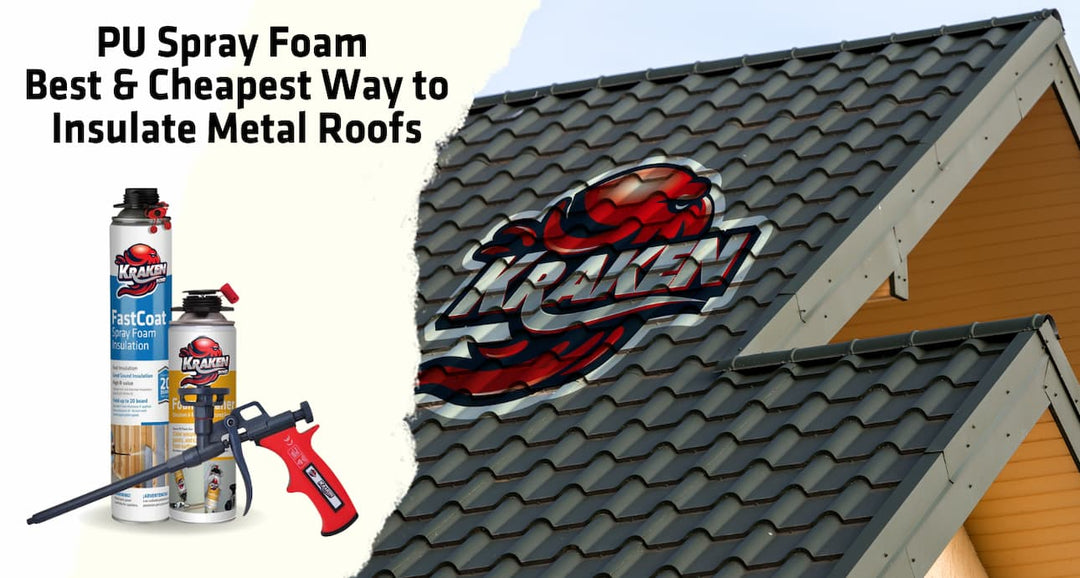

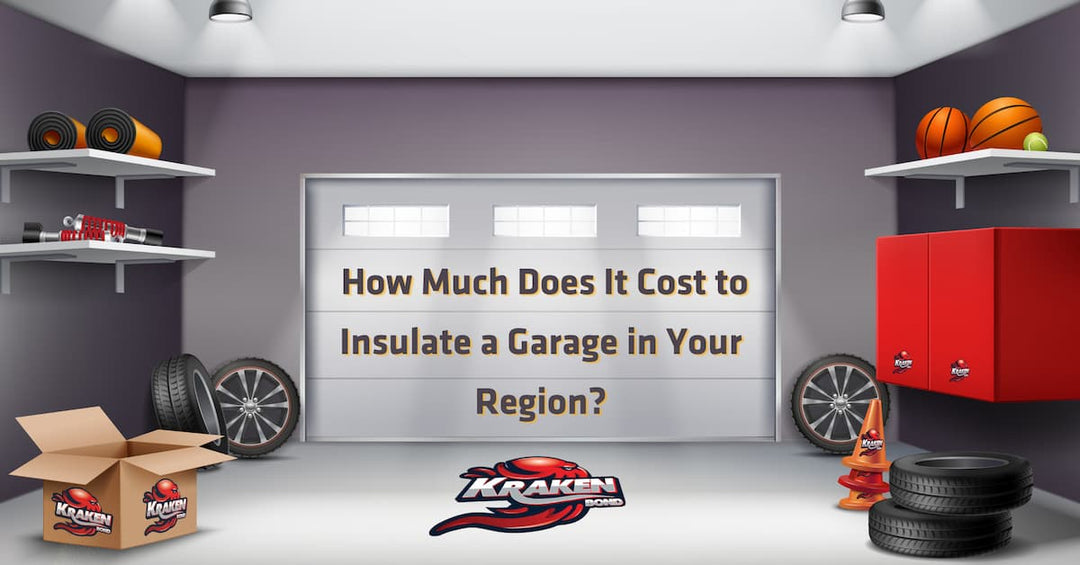
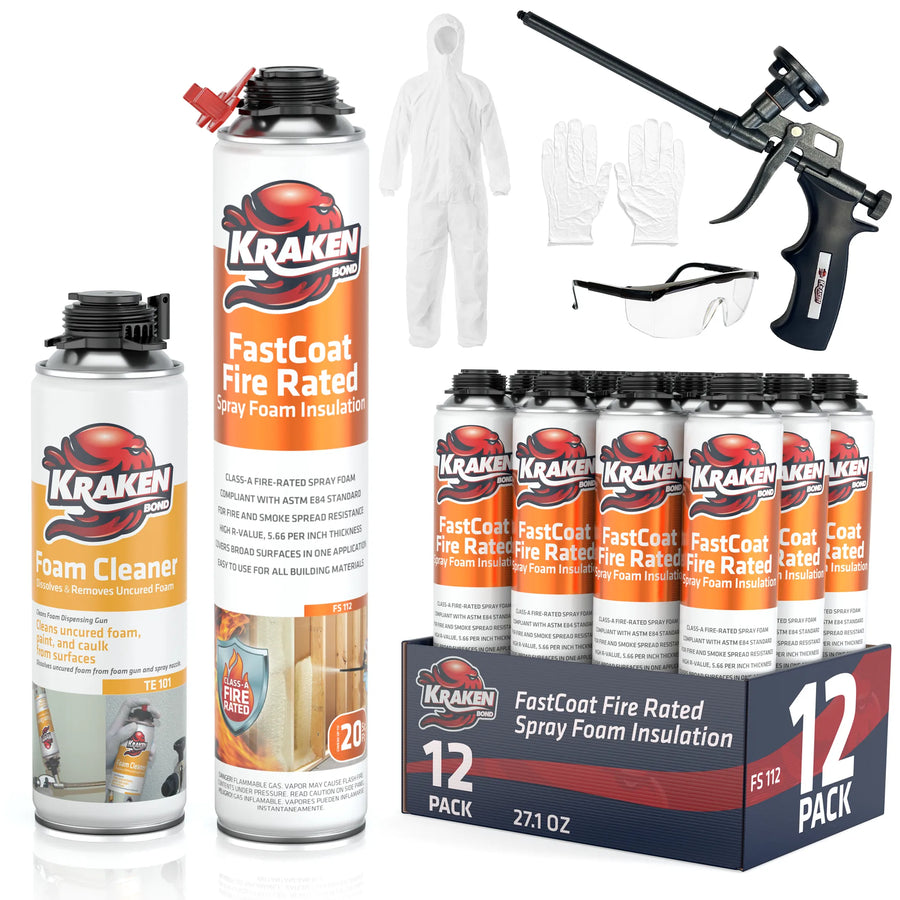




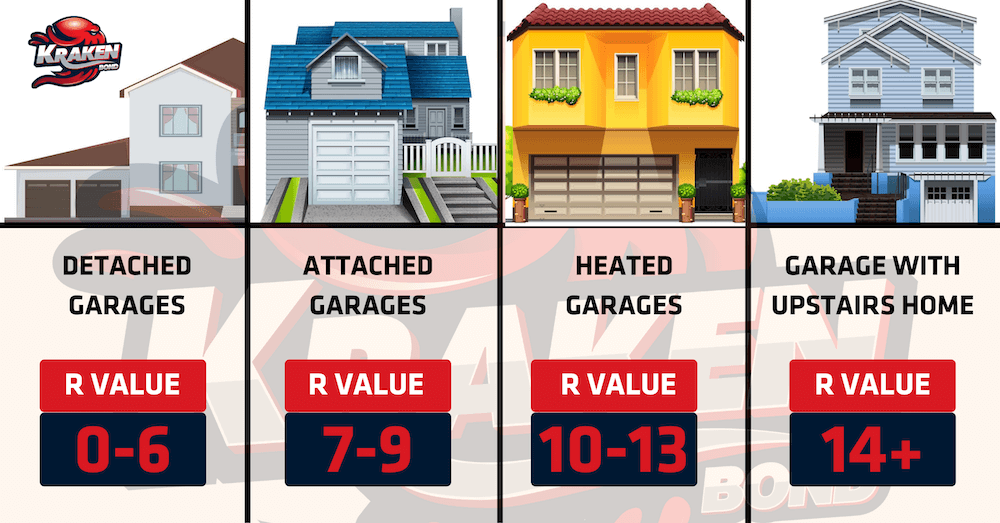

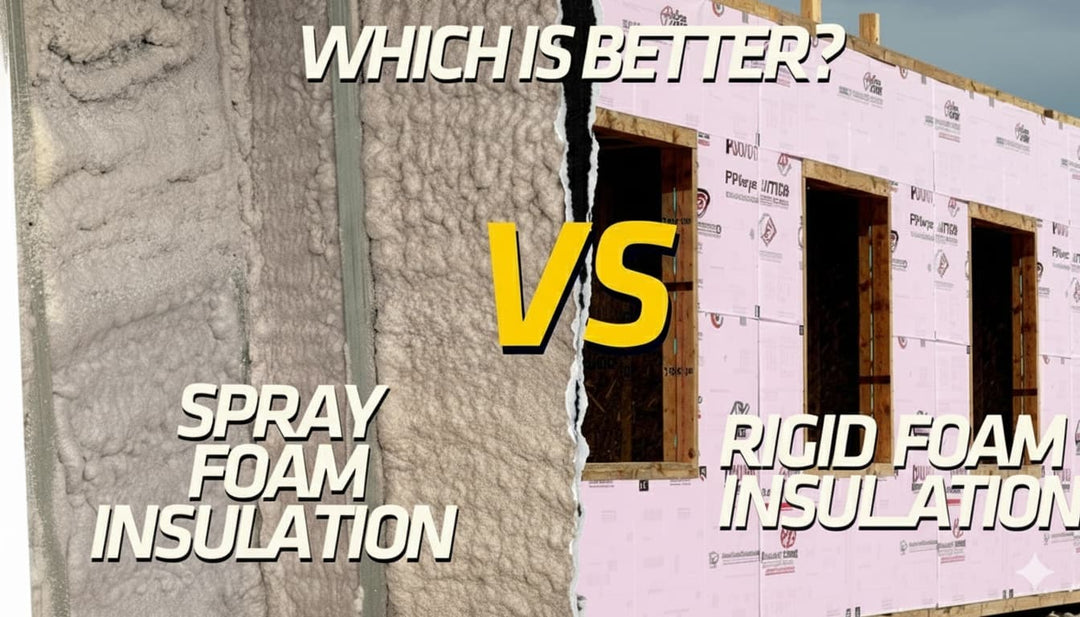
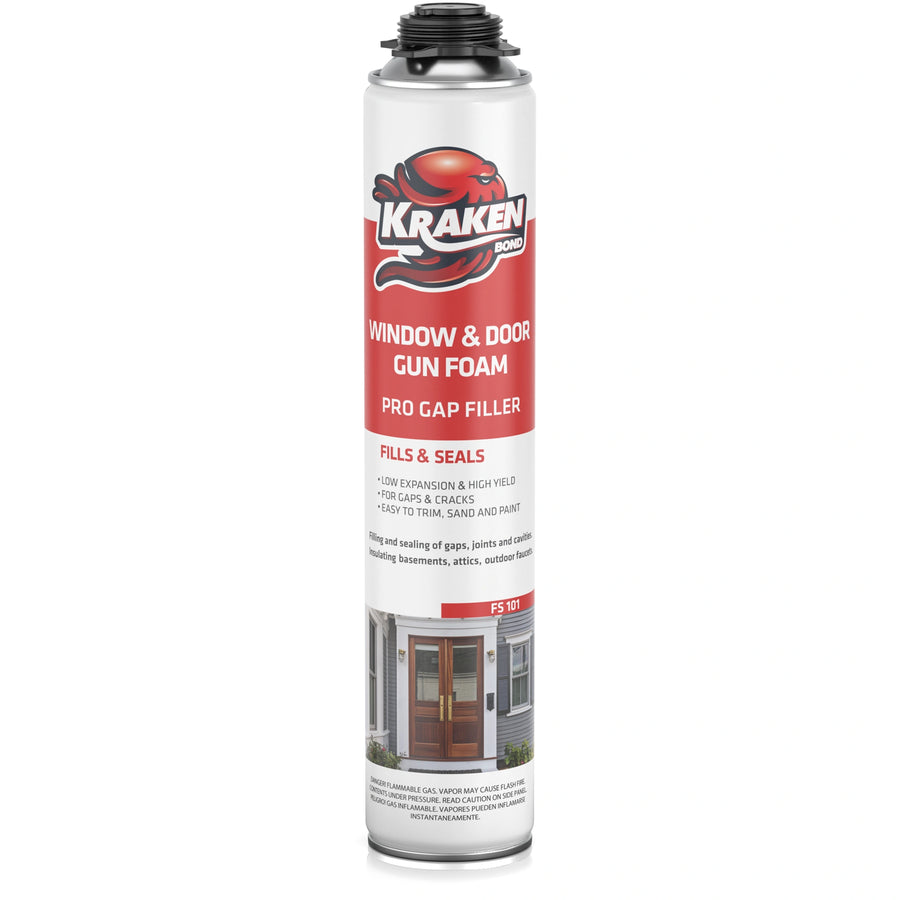
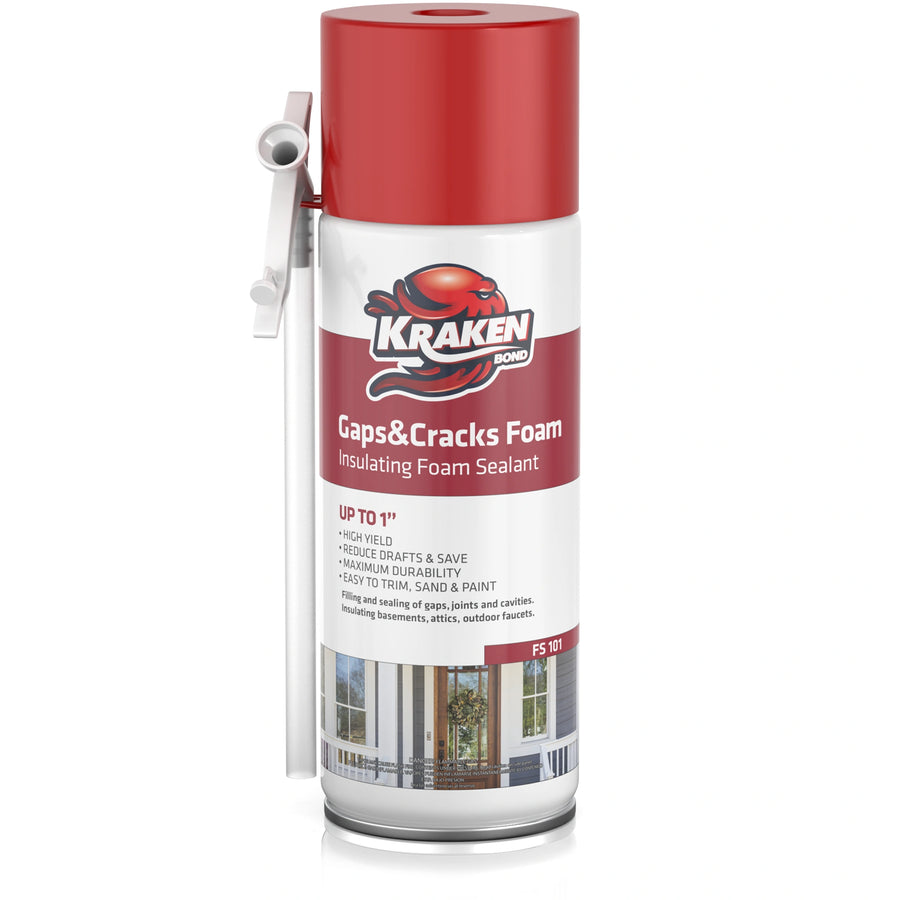
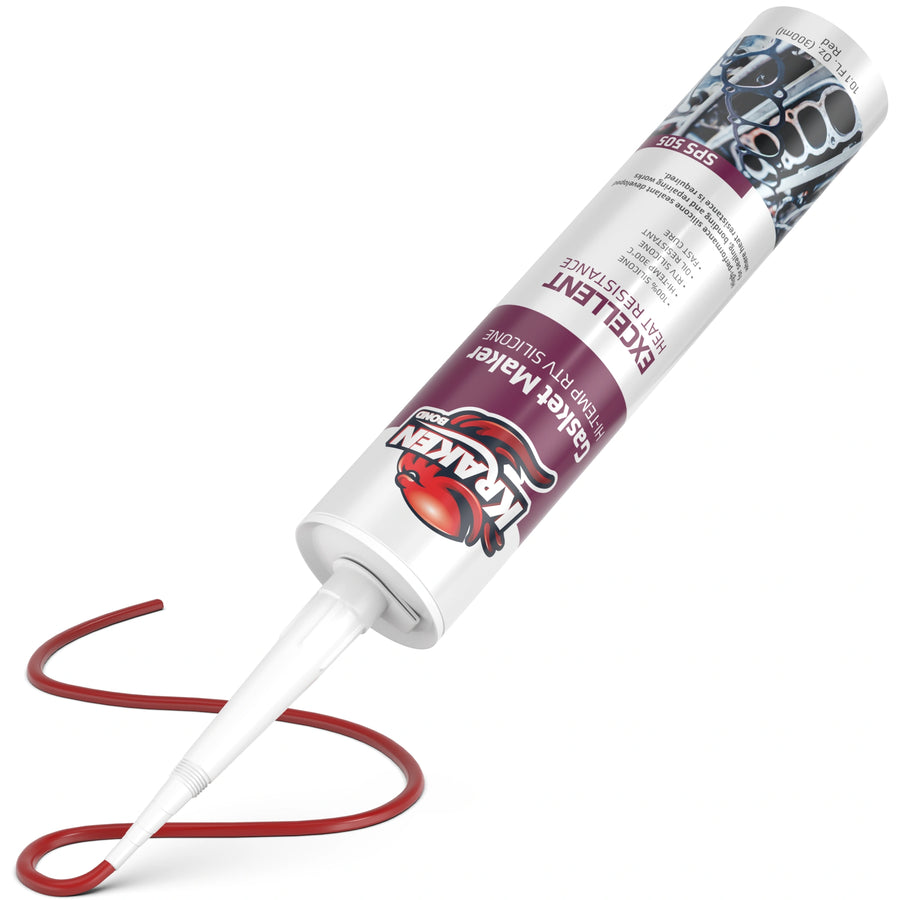
Leave a comment